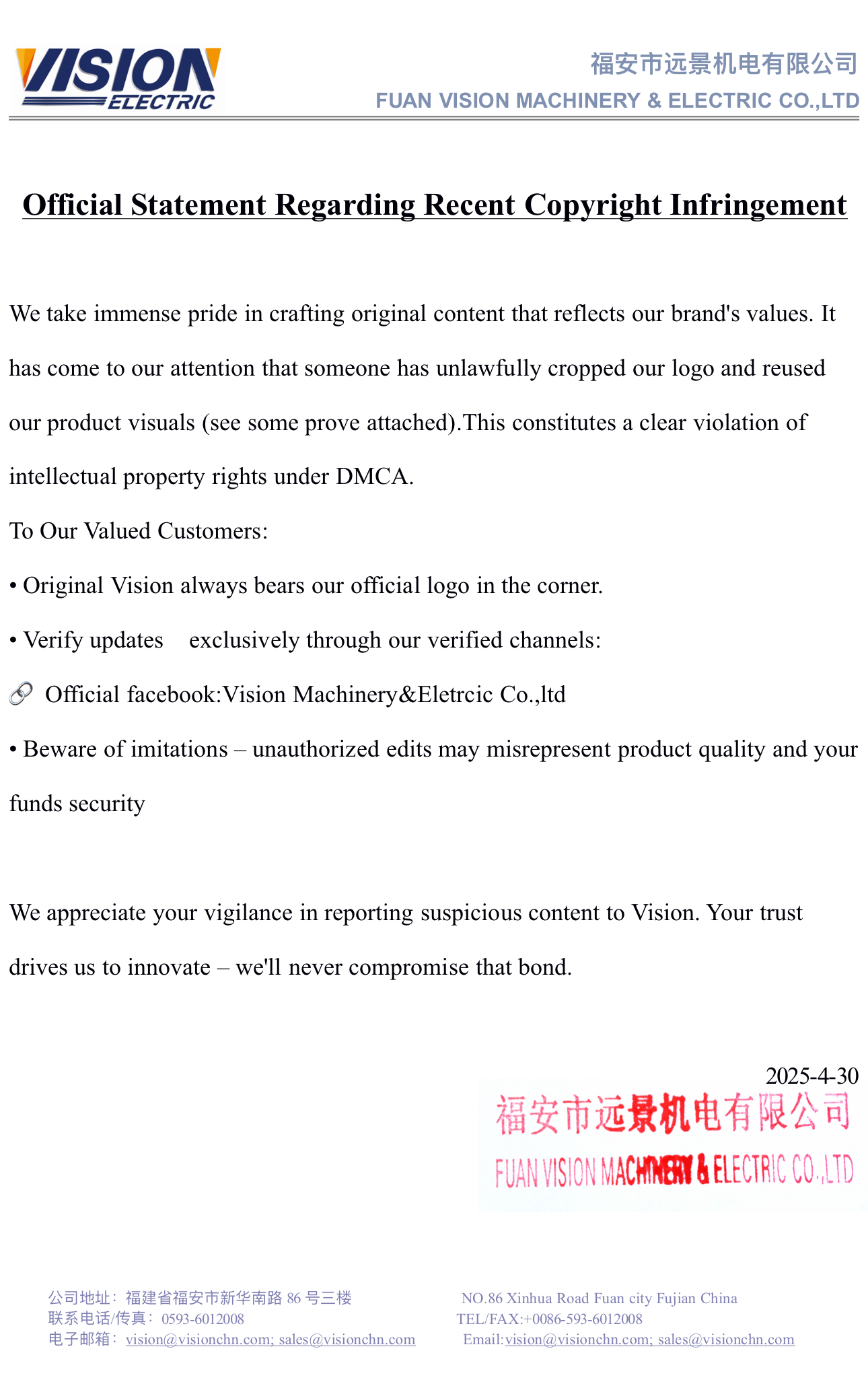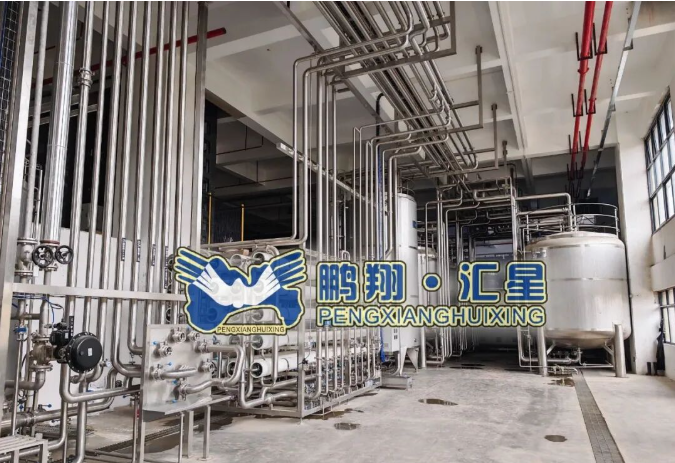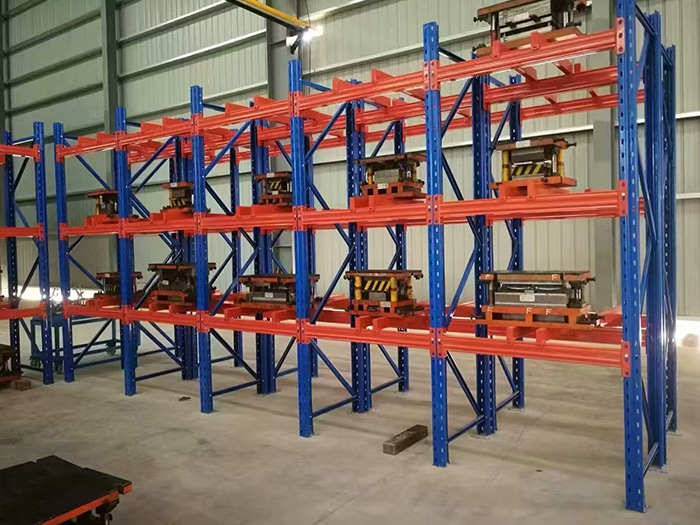Heat exchangers are pivotal components in various industrial processes, playing a crucial role in energy transfer and thermal management. As industries strive for sustainability and cost-effectiveness, the efficiency of heat exchangers becomes paramount. This article delves into advanced strategies to enhance the efficiency of heat exchangers, providing actionable insights for engineers and facility managers.
Understanding Heat Exchanger Efficiency
Before diving into improvement strategies, it’s essential to understand what constitutes heat exchanger efficiency. Efficiency can be defined as the ratio of the actual heat transfer to the maximum possible heat transfer. Factors influencing this efficiency include flow arrangement (counterflow, parallel flow, or crossflow), temperature differences, and the physical properties of the fluids involved.
- Optimize Flow Arrangement
The configuration of fluid flow significantly impacts heat transfer efficiency. Counterflow heat exchangers typically offer the highest efficiency due to the temperature gradient maintained between the two fluids. If feasible, consider switching from a parallel flow arrangement to a counterflow design. This change can enhance the overall heat transfer coefficient and reduce the required surface area, leading to cost savings in material and maintenance.
- Enhance Surface Area
Increasing the surface area available for heat transfer is a straightforward method to improve efficiency. This can be achieved through:
- Finned Tubes: Adding fins to the tubes increases the surface area without significantly increasing the volume of the heat exchanger.
- Corrugated Plates: In plate heat exchangers, using corrugated plates can enhance turbulence, improving heat transfer rates.
- Microchannel Technology: Implementing microchannel designs can significantly increase surface area while minimizing fluid volume, leading to higher heat transfer rates.
- Improve Fluid Dynamics
The flow characteristics of the fluids passing through the heat exchanger can greatly influence its efficiency. Here are some strategies to enhance fluid dynamics:
- Minimize Pressure Drops: Excessive pressure drops can lead to increased pumping costs and reduced flow rates. Ensure that the design minimizes bends and obstructions, and consider using larger diameter pipes where feasible.
- Use Turbulators: Installing turbulators can promote turbulence in laminar flow conditions, enhancing heat transfer rates. However, this must be balanced against the potential for increased pressure drop.
- Optimize Operating Conditions
The operational parameters of a heat exchanger can be fine-tuned for maximum efficiency:
- Temperature Approach: Aim for a smaller temperature difference between the two fluids. This can be achieved by adjusting flow rates or using preheating or precooling methods.
- Regular Maintenance: Fouling can significantly reduce heat transfer efficiency. Implement a regular maintenance schedule to clean and inspect heat exchangers, ensuring optimal performance.
- Utilize Advanced Materials
The choice of materials can also impact the efficiency of heat exchangers. Consider the following:
- High Thermal Conductivity Materials: Using materials with higher thermal conductivity, such as copper or aluminum, can enhance heat transfer rates.
- Corrosion-Resistant Alloys: In corrosive environments, selecting appropriate materials can prevent degradation and maintain efficiency over time.
- Implement Control Systems
Modern control systems can optimize the operation of heat exchangers in real-time. By integrating sensors and automation, you can:
- Monitor Performance: Use sensors to track temperature, pressure, and flow rates, allowing for immediate adjustments to maintain optimal conditions.
- Predictive Maintenance: Implementing predictive analytics can help identify potential issues before they lead to significant efficiency losses.
- Consider Heat Recovery Opportunities
Heat recovery systems can significantly enhance the overall efficiency of heat exchangers. By capturing waste heat from processes and reusing it, you can reduce energy consumption and improve the overall thermal efficiency of your system. Consider integrating heat exchangers with heat recovery steam generators (HRSG) or using them in conjunction with combined heat and power (CHP) systems.
Conclusion
Enhancing the efficiency of heat exchangers is a multifaceted challenge that requires a comprehensive approach. By optimizing flow arrangements, increasing surface area, improving fluid dynamics, fine-tuning operational conditions, selecting advanced materials, implementing control systems, and exploring heat recovery opportunities, you can significantly improve the performance of your heat exchangers. As industries continue to prioritize sustainability and efficiency, these strategies will not only lead to cost savings but also contribute to a greener future.



More Stories
Official Statement Regarding Recent Copyright Infringement
Applications of Ozone in Water Treatment: Understanding Processes, Mechanisms, and Advantages
GNS Company's Ahmed Ashry and Team Visit MINSAINT Company Factory